Summer Slowdown? Not for Cyber Threats: Staying Vigilant in the Vacation Season
As summer rolls in and teams rotate out for long-awaited vacations, it’s easy to assume things might quiet down. But while workloads may ease, cyber threats do not take time off. In fact, attackers often see this season as an opportunity—reduced staff, less oversight, and more distractions create vulnerabilities that can be exploited.
Whether you’re part of a lean summer crew or managing a remote workforce on the go, this guide walks you through key ways to maintain a strong cybersecurity posture during the vacation season.
Review and Reinforce Your On-Call Coverage
With team members out of office, it’s critical to ensure you have clear roles and escalation paths in place. Who’s watching the alerts? Who responds if an incident occurs? Double-check your on-call rotations, update contact information, and communicate backup plans across the team. Gaps in coverage are often where threats slip through unnoticed.
Implement a “Vacation Security Checklist”
Just like setting your OOO message, cybersecurity hygiene should be part of your vacation prep. Encourage team members to:
Lock devices and store them securely
Avoid using public Wi-Fi without a VPN
Enable MFA on all accounts
Update and patch systems before leaving
Forward responsibilities for approvals and monitoring
A quick checklist helps keep security top-of-mind and protects both personal and company data while staff are away.
Monitor for Unusual Activity and Behavior
Attackers know when eyes are off the ball. Use the summer as an opportunity to tighten your anomaly detection systems and focus on threat hunting. Even if your environment is typically well-managed, seasonal changes in user behavior (different login times, travel-related access requests, etc.) can either mask or mimic malicious activity. Fine-tuning baselines is essential.
Communicate with Clarity and Frequency
Clear communication is your best defense when your team is dispersed. Reinforce your internal reporting procedures and make sure everyone knows how to raise a red flag, even from the beach. If your team uses Slack, email, or an incident management platform, now’s the time to streamline your communication process and make escalation as frictionless as possible.
Educate Users on Summer-Themed Phishing and Scams
From fake travel confirmations to fraudulent hotel invoices, phishing campaigns often get a seasonal refresh. Educate employees on what to look out for and how to verify suspicious messages. Consider running a summer-themed phishing simulation to keep awareness sharp.
Audit Third-Party Access and Vendors
Reduced oversight during summer makes it even more important to know who has access to your environment. Review third-party access controls, offboard old vendors, and ensure temporary credentials or seasonal contractors are managed appropriately. The quieter months are also a great time to reassess vendor risk management practices.
Use Downtime for Cybersecurity Housekeeping
If your workload does slow, use that time to catch up on system audits, update documentation, review logs, or test your incident response plan. These “boring but important” tasks are often sidelined during busier months but can significantly improve your security posture.
Stay One Step Ahead
Threat actors thrive on unpredictability—and summer is full of it. By planning ahead, communicating clearly, and maintaining a proactive mindset, your team can enjoy the season without sacrificing security.
Remember
Cybersecurity is a year-round responsibility. Don’t let the sunshine lull your defenses. With the right strategy in place, your organization can stay protected—and your team can unplug with peace of mind.
